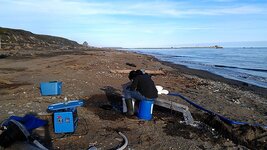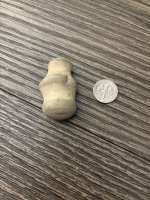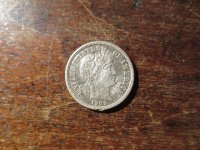- Jan 1, 2013
- 2,653
- 5,418
- Detector(s) used
- Tesoro Vaquero, Whites MXT, Vsat, GMT, 5900Di Pro, Minelab GPX 5000, GPXtreme, 2200SD, Excalibur 1000!
- Primary Interest:
- All Treasure Hunting
Here's the first video of an actual test on the Gold Well sluice. We ran it maxed out on water and it survived well.
Upvote
0








